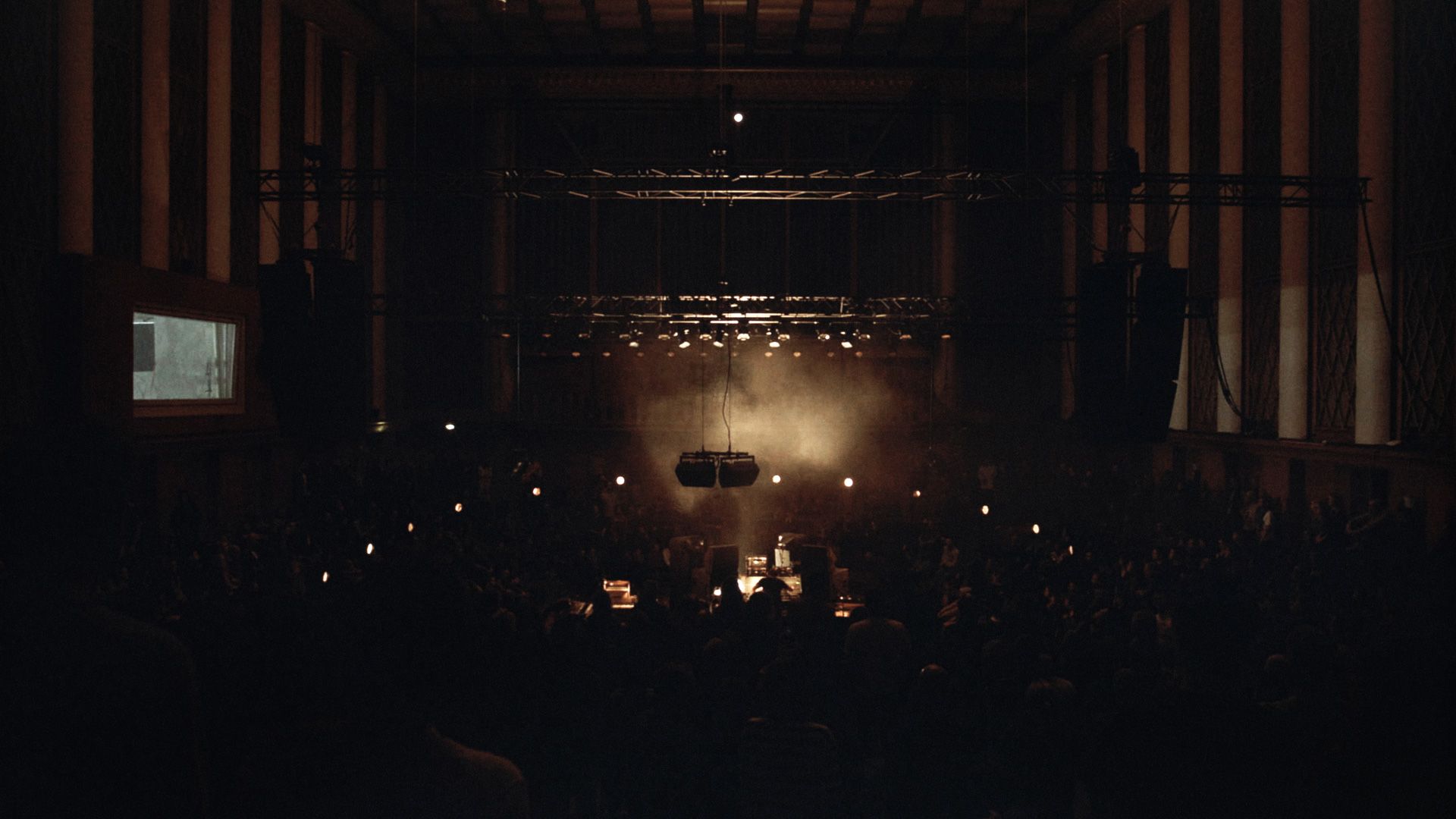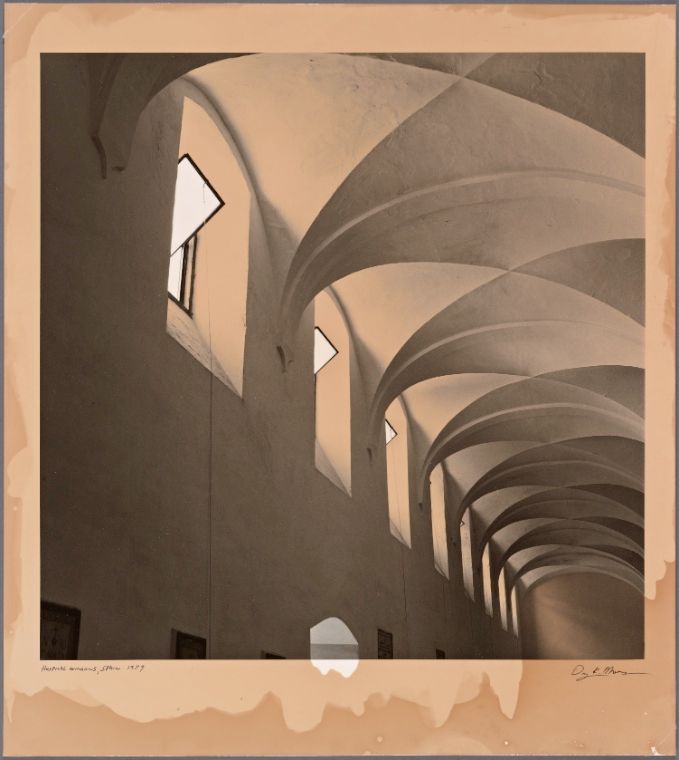Keeping It Real
July 27, 2015 Nils Frahm Analog Digital Authenticity Marshall McLuhan Buckminster Fuller Nostalgia John Berger Uniqueness Film Walter Benjamin Music
When it comes to technology, many value authenticity over convenience. It may not be rational, but it’s understandable.
 Nils Frahm, performing in 2019.
Nils Frahm, performing in 2019.
The thought came to me during a concert, in the middle of a song. I had gone to see Nils Frahm, one of those musical geniuses that not only impress with their music but also with the sheer number of instruments they master.
Frahm is a piano player, and he had three different pianos on stage—two electric ones and a grand piano—arranged diagonally from one another. Sometimes he would stand between them with his arms outstretched, playing two at the same time while simultaneously operating a foot pedal. Sometimes he would play with one hand and operate a computer with the other. Suddenly, I caught myself thinking: “The grand piano sounds the most authentic.”
Real Things Carry Authenticity
Clearly, Frahm’s music was authentic. The sound hitting my eardrums, regardless of its origin, had been produced live on stage. I could see his hands flying over the keyboards. Why then, did the grand piano seem to sound more real than the electric piano or the computer, despite the fact that all three were played right before my eyes?
As a society, we have developed an odd relationship with the items surrounding us. Right now, your own hands are probably touching something man-made: whatever object you are reading this text on. And all of the other items in your immediate vicinity are the results of a deliberate design process that has resulted in precisely the items you are seeing right now.
Designer and architect Richard Buckminster Fuller once said that “ninety-nine percent of who you are is invisible and untouchable”—and the same holds true for the objects we surround ourselves with: the seemingly most mundane, mass-produced items are products of countless ideas, innovations, and labor.
And yet we hold some things more dearly than others: A grand piano is as much manufactured as an electric piano. Each is a marvel of engineering, but since the former has been around for much longer, it has been imbued with an intangible sense of authority. It seems more real somehow, less disposable because of its age and appearance. And what is real automatically carries more authenticity. Simple as that.
Of course, such distinctions are completely arbitrary. Why should any older technology have greater value than one that came after it? Sure, analog photography produces pictures with a different grain, hue, and atmosphere than digital photography, but are the photos therefore more or less lifelike? And sure, vinyl sounds different than digital music, but is one of them more real than the other?
Reshuffling the Pictures in our Heads
 Hospital Windows, Spain, 1979 by Denny Moers, found in the NYPL Digital Collections
Hospital Windows, Spain, 1979 by Denny Moers, found in the NYPL Digital Collections
That we nevertheless keep clinging to such antiquated distinctions is more than just nostalgia. Dividing our environment into real and fake, authentic and inauthentic, caters to our desire to create a neatly classified order of our chaotic world. It lets us make decisions about good and bad. And it eliminates the friction that comes with digitization.
Take e-books: Over the past years, I have had countless discussions about them, only to hear that most people favor the printed book. Ultimately, they like the feeling of the pages between their hands more than the utility of carrying several books on a device much smaller than a paperback. When I tease them and suggest they just want to impress people with their book collection, they often smile and nod. “All jokes aside: I also like having a house full of books!”, a friend said.
Digitization not only threatens the bookshelves that decorate so many homes, it challenges our assumption that what has been will always be the real thing. When the physical products are being replaced with digital appropriations, many of the things in our environment disappear. And while technology is clearly capable of such quick advances, human beings aren’t — they take some time to adjust, to reshuffle the order we have in our heads. Or as Marshall McLuhan once put it: “We march backwards into the future”.
Maybe that is why a grand piano looks so much nicer to us than a computer.
Update, August 29th, 2023: In Ways of Seeing, John Berger writes how any reproduction of a work of art transforms changes the meaning of an original:
“When the camera reproduces a painting, it destroys the uniqueness of its image. As a result its meaning changes. Or, more exactly, its meaning multiplies and fragments into many meanings.
He illustrates this by the examples of having seen the reproduction of a painting and then visiting a museum to see the original:
(…) the uniqueness of the original now lies in it being the original of a reproduction. It is no longer what its image shows shows that strikes one as unique; its first meaning is no longer to be founds in what it says, but in what it is.
Walter Benjamin’s idea of a reproduction missing an “aura” has always been appealing to me, despite of its strange spirituality. Like Benjamin, Berger posits that people feel an authenticity more plainly when they know that what they’re looking at is “the real one”.